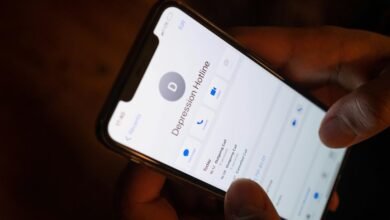Who Called You From 3175994028, 3176149593, 3176481343, 3176764193, 3176764298, and 3183539708? Find Out Everything About Any Phone Number

Calls from unfamiliar numbers such as 3175994028, 3176149593, 3176481343, 3176764193, 3176764298, and 3183539708 can raise concerns about legitimacy. Understanding the area codes associated with these numbers may provide initial context. Furthermore, recognizing common patterns in unsolicited calls can aid in identifying potential spam or scams. Exploring effective methods for caller identification is crucial for anyone seeking to safeguard their communication. What strategies can be employed to discern the true nature of these calls?
Understanding the Area Codes: What They Reveal
Although area codes may seem like mere digits assigned to phone numbers, they hold significant information about geographical regions and the historical context of telecommunications.
Area code significance extends beyond simple identification; it provides geographical insights that reflect population density, regional development, and technological advancements.
Understanding these codes can offer a deeper comprehension of local cultures and infrastructures, enhancing one’s awareness of societal dynamics.
Common Reasons for Unfamiliar Calls
Why do individuals often receive calls from unfamiliar numbers?
Common reasons include spam calls aimed at promoting products or services, often masking their caller identity to evade detection.
Additionally, legitimate businesses may reach out for surveys or appointment confirmations.
Telemarketers and scammers exploit unfamiliar numbers to bypass call-blocking technologies, further complicating the landscape of unsolicited calls individuals encounter daily.
How to Effectively Identify Unknown Callers
Identifying unknown callers has become increasingly important in today’s landscape of unsolicited communications.
Individuals can utilize caller identification tools and reverse lookup services to efficiently determine the source of unfamiliar numbers.
These resources provide insight into the caller’s identity, allowing users to make informed decisions regarding whether to engage or ignore the call, ultimately fostering a sense of security and control over personal communications.
Conclusion
In navigating the murky waters of unknown callers, understanding the area codes and employing caller identification tools becomes paramount. Each unfamiliar number could be a siren’s call luring individuals toward potential scams or unwanted solicitations. By remaining vigilant and informed, individuals can fortify their communication security against these intrusions. Ultimately, knowledge serves as a shield, empowering recipients to reclaim control over their phones and protect their peace of mind in an age fraught with unsolicited distractions.




